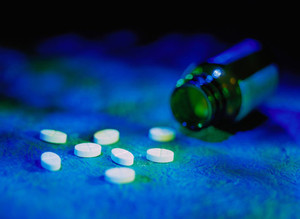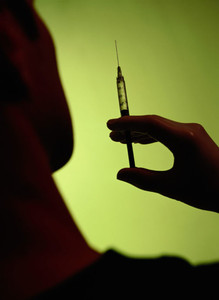Once patents expire, in an effort to maintain market share, originator manufacturers often initiate promotional activities such as drug samples and co-pay discount coupons that reduce patients out-of-pocket costs associated with the purchase of brand-name drugs.
Coupon use has been accused of providing an incentive for patients to initiate and remain on brand-name medications when a suitable less costly generic medication is available. Originator manufacturers, however, argue that patients are familiar with coupons and that coupons improve medication adherence by lowering patients’ out-of-pocket costs.
In order to provide the first population-based evidence about the impact of coupons, researchers compared demographics, statin use and expenditures of new to therapy users of generic statins, single-source brand-name statins without manufacturer coupon redemption and single-source brand-name statins with manufacturer coupon redemption [1].
The study used data on retail prescription claims for lipid-lowering agents in the US collected between 2008 and 2010. The data represented approximately 40% of prescriptions (brand-name and generic) used in the treatment of high cholesterol. Patients were excluded if they did not initiate statin use during the study period, if they did not have commercial healthcare insurance and if they failed to refill prescriptions for more than 3 months.
The vast majority (n = 243,589 or 71.6%) of the overall cohort initiated generic statins during the study period, 25.6% (n = 87,123) of the sample initiated statin therapy with atorvastatin or rosuvastatin and had no coupon use and 2.8% (n = 9,638) initiated atorvastatin or rosuvastatin and used a coupon during the study period.
The number of statin fills in the 12 months following initiation was highest for coupon users, slightly lower for patients initiating generic statins and lowest for non-coupon users (7.1 vs 6.3 vs 5.8; p < 0.001), with corresponding medication adherence rates [medication possession ratio (MPR) 61.1% vs 60.1% vs 53.8%; p < 0.001]. However, the proportion of patients with 80% or greater adherence in the 12 months following initiation was highest for patients initiating generic statins, followed by coupon users and non-coupon users (38.4% vs 36.7% vs 30.4%; p < 0.001).
Coupon users had total statin expenditures that were much higher than generic statin initiators (US$798 vs US$92; p < 0.0001), much higher out-of-pocket costs (US$339 vs US$53; p < 0.0001) and much higher total statin costs to the health plan (US$460 vs US$39; p < 0.001).
The authors concluded that patients starting on brand-name statins who were using coupons had higher adherence than patients initiating generic statins or brand-name statins without coupons. However, higher adherence among coupon users occurred at the expense of higher out-of-pocket and total statin expenditures.
Conflict of interest
The authors of the research paper [1] reported the following conflicts of interest:
Mr Daugherty is currently employed in Global Health Outcomes at GlaxoSmithKline and holds stock and stock options at GlaxoSmithKline. Maciejewski and Farley have received consultation funds from Takeda Pharmaceuticals, Novartis, and the Surgical Review Corporation. Maciejewski is supported by a VA HSR&D Research Career Scientist Award (RCS-10-391); he owns stock in Amgen due to his spouse’s employment.
Related article
Coupons help Big Pharma to fend off generics
Reference
1. Daugherty JB, Maciejewski ML, Farley JF. The impact of manufacturer coupon use in the statin market. J Manag Care Pharm. 2013;19(9):765-72.
Permission granted to reproduce for personal and non-commercial use only. All other reproduction, copy or reprinting of all or part of any ‘Content’ found on this website is strictly prohibited without the prior consent of the publisher. Contact the publisher to obtain permission before redistributing.
Copyright – Unless otherwise stated all contents of this website are © 2014 Pro Pharma Communications International. All Rights Reserved.








 0
0











Post your comment